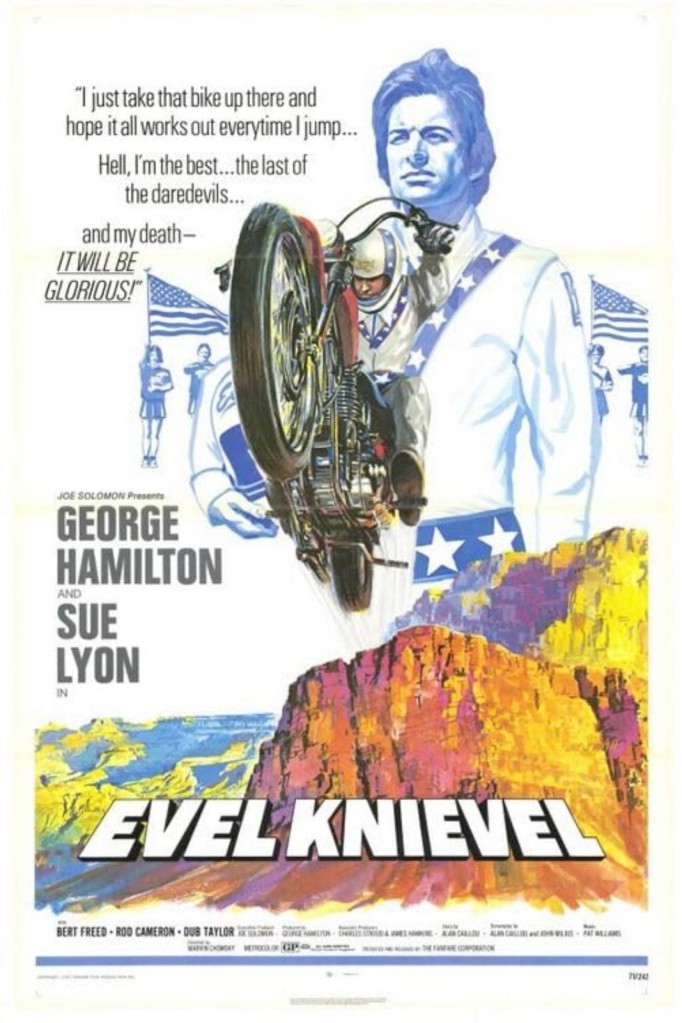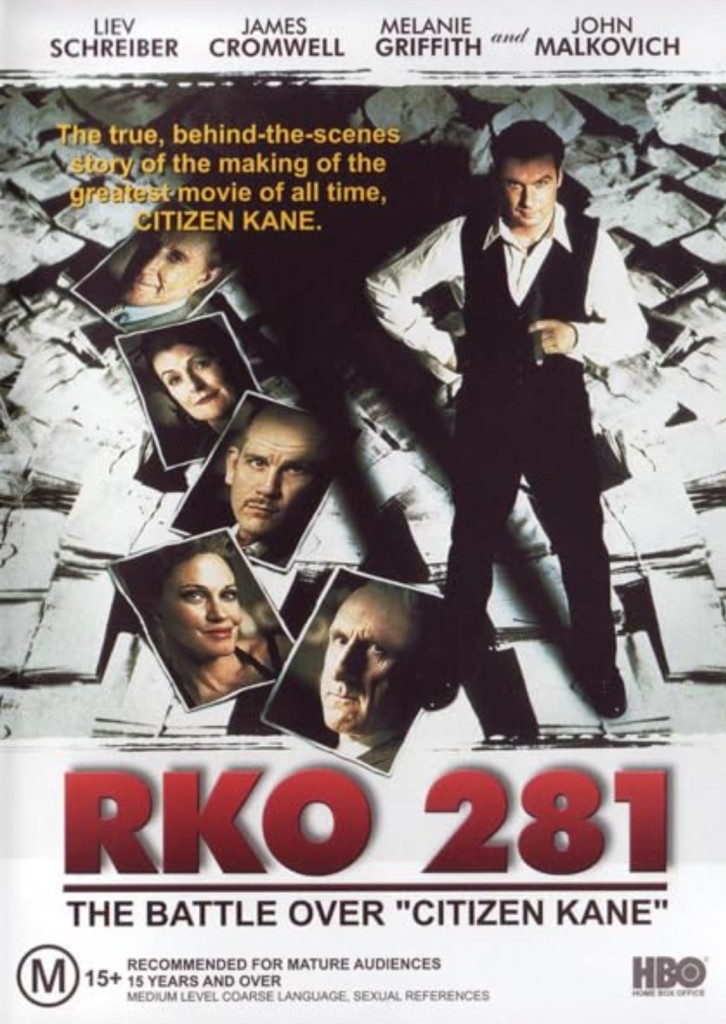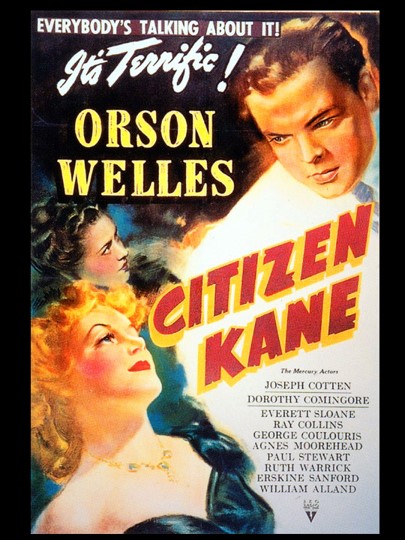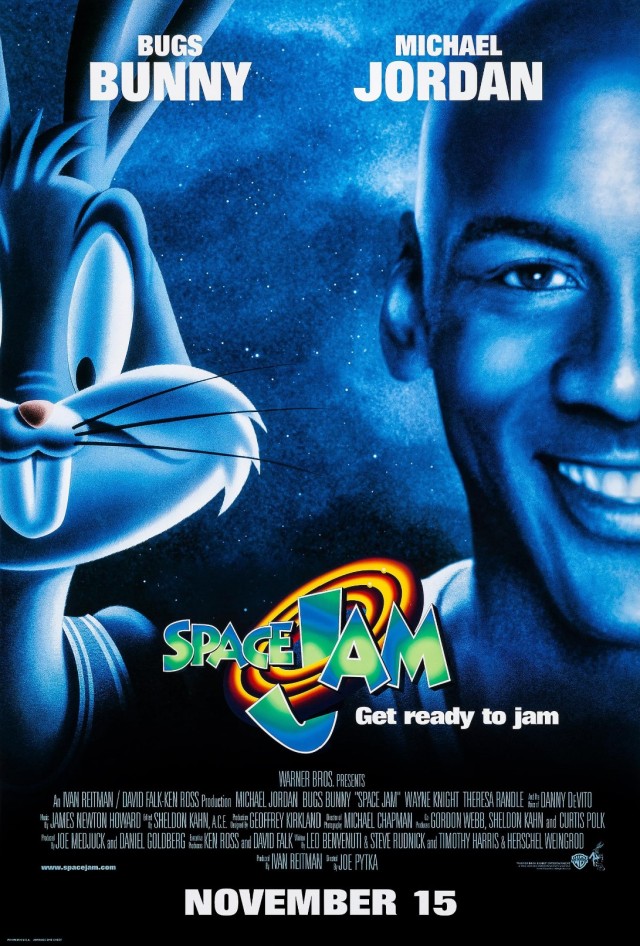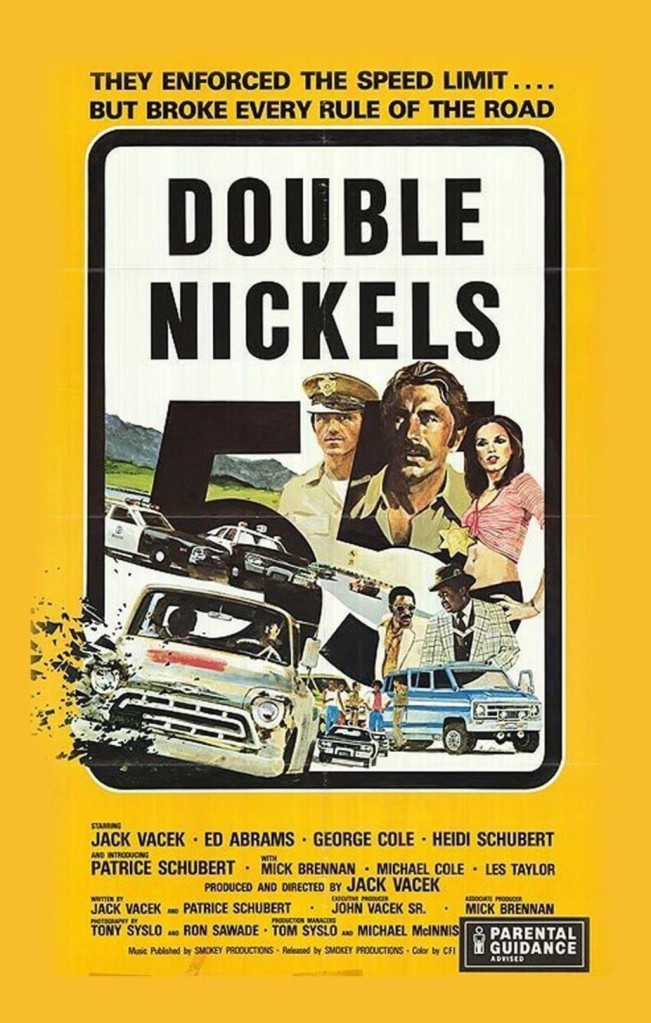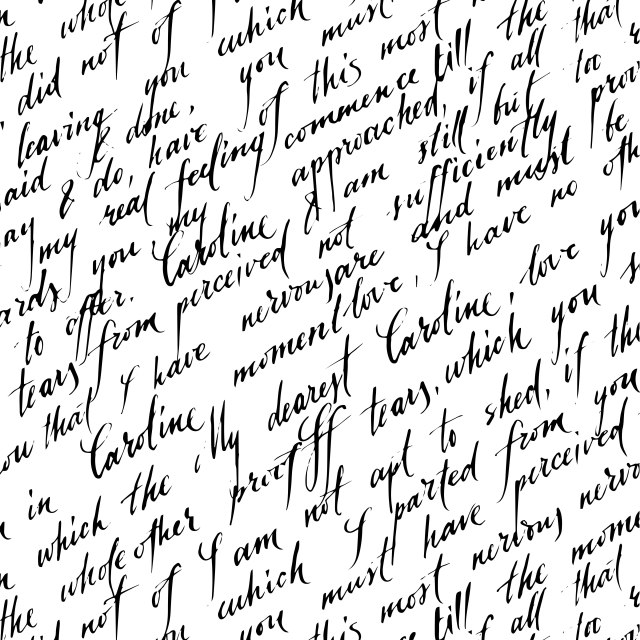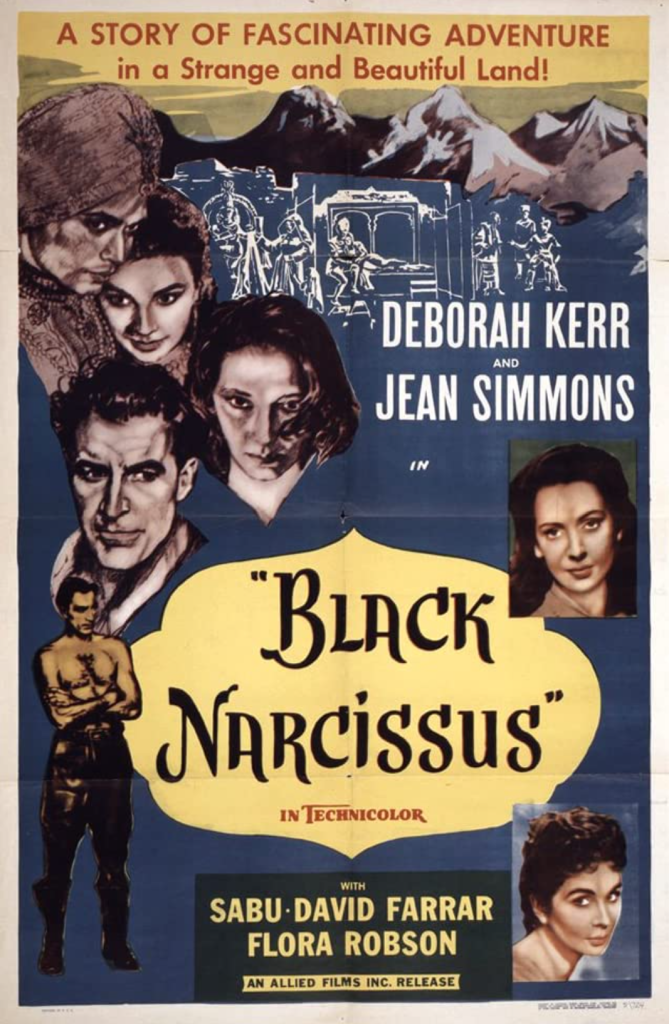You’re probably wondering why I’m reviewing a Christmas movie right before Halloween, especially since I tend to wait until about November to write about Christmas films. That’s because I chose this particular title, Christmas at Castle Hart, for the Genre Grandeur blogathon! When I discovered October’s theme was ‘Mistaken or Stolen Identity Films’, the first movie that came to mind was the 2021 Hallmark Channel project, Christmas at Castle Hart. But Genre Grandeur isn’t the only reason why I wanted to check this film out. Back in 2018, in my Movie Blogger’s Christmas Wish List, I wrote how I wanted to see Stuart Townsend and Marguerite Moreau star in a Hallmark Hall of Fame movie together. Since the publication of that Christmas wish list, Hallmark has abandoned Hallmark Hall of Fame, not releasing a film for that collection since 2019. Despite that, I kind of got what I wanted, with Stuart co-starring in a Hallmark Christmas movie. Will Christmas at Castle Hart reach expectations? Keep reading this review to find out!

Things I liked about the film:
The acting: I will admit I haven’t seen many projects from Stuart Townsend’s filmography, with Queen of the Damned being his only project I’ve seen in its entirety. A reason why I wanted to see Stuart star in a Hallmark production was to see if he had what it takes, talent wise, to carry a Hallmark film. He proved he could with his portrayal of Aiden in Christmas at Castle Hart! During the movie, Aiden takes Brooke, portrayed by Lacey Chabert, to a run-down chapel in desperate need of repair. This trip encourages Aiden to tell Brooke a story of a renovation project gone wrong. When telling this part of the story, Aiden looks completely defeated, looking back on how he let someone down. Aiden’s defeated attitude radiated through the screen, as the emotions Aiden felt appear genuine. Stuart’s ability to show emotions genuinely helped create a protagonist that was likable!
Lacey Chabert is one of the strongest actresses Hallmark has in their community! She has proven she can work with both comedic and dramatic material. One of the great things about Lacey’s acting abilities is how easily she adapts to various situations. When her character, Brooke, learns about her mistaken identity, she displays a collection of reactions. At first, Brooke appears confused at being referred to by another name. When she realizes what is going on, Brooke looks shocked, but never makes the other characters suspicious. She then seems irritated by what the mistaken identity entails. Yet Brooke maintains a professional persona the entire time. This scene serves as a great example of Lacey’s acting talents!
When a Hallmark movie features older members of royalty or nobility, those characters will, more often than not, carry a snobbish attitude. This attitude will especially be present whenever they interact with characters that are labeled as “commoners”. But Kate O’Toole’s portrayal of Duchess of Abercorn was much different from those aforementioned characters. In fact, her on-screen personality was so pleasant! The Duchess of Abercorn was so friendly toward Brooke and her sister, Margot. She even goes out of her way to help the sisters in their search for their family history. Kate’s performance helped break a trope that is typically found in Hallmark’s “royal” films. This made me wish the Duchess of Abercorn had more appearances in this film!
The scenery: When I reviewed Chasing Leprechauns, I talked about how that movie’s creative team didn’t seem to take the initiative to capture Ireland’s natural beauty on film. The creative team of Christmas at Castle Hart learned from the previous movie’s mistakes, showcasing Ireland in a much more appealing light! While Ireland’s greenery was made visible through long, establishing shots, a light sprinkle of snow veiled the countryside. From the movie’s titular castle to the small-town streets, everything looked like it existed inside a snow-globe! When Brooke and Aiden were riding horses, there were some establishing shots near Ireland’s coast. The icy blue and gray water complimented the white and green of the nearby landscape, creating an interesting winter palette. Because of the creative team’s desire to feature the best of Ireland’s natural environment, the scenery looked inviting!
The set design: More often than not, the set design in Hallmark’s Christmas films appear beautiful. While this is the case for Christmas at Castle Hart, there were some design choices that really stood out! One example is the Christmas party Brooke and Margot plan. The ballroom is covered in shades of gold and cream. Lighted tree branches serve as walls surrounding the space. The branches made the room feel intimate, creating a smaller event that felt more private and exclusive. That design choice was one of the more creative Christmas decorations I’ve seen in a Hallmark production! At a local pub, the wooden bar shelves and countertop are covered in string lights. Even the large, red-framed, exterior windows are given Christmas attention, paired nicely with green garland. Creative decisions like the ones I mentioned show how this creative team paid attention to the space they had at their disposal!

What I didn’t like about the film:
Bad CGI: CGI (computer generated images) is a component that isn’t common in Hallmark’s programming. I’m also aware how Hallmark projects tend to have smaller budgets. Even though the movie’s poor CGI wasn’t a consistent flaw, it was still noticeable enough to point out. In one scene, Aiden is driving through the Irish countryside. Whenever he looked over at Brooke, a green outline was visible around Aiden’s head, revealing pieces of the creative team’s green-screen. When the titular castle was first presented in the film, I wondered if the wreaths on the castle were images added in post-production. In a close-up shot of the castle, it appears I may be correct. One of the wreaths had a visible shadow that made it look like the wreath was floating over the stone wall of the castle. Looking back on Christmas at Castle Hart, I wonder why CGI was used in this film in the first place?
The underutilization of Stuart Townsend: Since 2018, I’ve wanted to see Stuart Townsend in a Hallmark production, specifically a Hallmark Hall of Fame movie. While I kind of got what I wanted, I didn’t get it the way I wanted it. In Christmas at Castle Hart, Stuart wasn’t given much material to work with. In fact, Aiden spent the majority of the story driving Brooke around Ireland. There were opportunities for Aiden to be more involved in the story, such as restoring a local chapel. Sadly, these opportunities weren’t given to Aiden. Instead, the story heavily revolved around Brooke and her efforts to plan a Christmas party.
An underutilized subplot: A subplot within Christmas at Castle Hart was Brooke and her sister, Margot, trying to trace their family roots and learn more about their father. This part of the movie created a more unique element to Hallmark’s Christmas programming. But most of the story focused on Brooke and Margot’s efforts to plan a Christmas party. This creative decision led to the aforementioned subplot being treated like an afterthought. While this search for Brooke and Margot’s family heritage was brought up in a few scenes, the search itself was not elaborated on. Even though this subplot was resolved, the resolution was underwhelming.
Weak on-screen chemistry: As I mentioned earlier in this review, I liked Stuart’s and Lacey’s performance in Christmas at Castle Hart. However, I found their on-screen chemistry weak. This weakness had more to do with the material itself. Aiden and Brooke spend most of the story interacting in a professional context. That prevented the characters from developing a romantic spark between them. While there were sweet moments between Aiden and Brooke, such as baking a plum pudding together, I never got the impression they were falling in love.

My overall impression:
I haven’t seen all of Hallmark’s movies taking place in Ireland. But out of the ones I’ve seen, most of them have been underwhelming. Christmas at Castle Hart is, sadly, one of those titles I wasn’t impressed with. For me, the biggest flaw was the writing. Brooke and Margot’s search for their family history was a more unique story for Hallmark’s Christmas programming. Unfortunately, this part of the story was treated as an afterthought. There were opportunities for Stuart’s character, Aiden, to become more involved in the story. Yet, Stuart’s talents were underutilized, giving him little material to work with. Christmas at Castle Hart is an example of Hallmark’s focus on quantity instead of quality. Had this same movie been created during the prime of Hallmark’s ‘Countdown to Christmas’ line-up, more attention to detail would have been given, especially for a project starring Lacey Chabert.
Overall score: 5.2 out of 10
Have you seen Christmas at Castle Hart? What is your favorite Christmas movie starring Lacey Chabert? Please tell me in the comment section!
Have fun at the movies!
Sally Silverscreen




